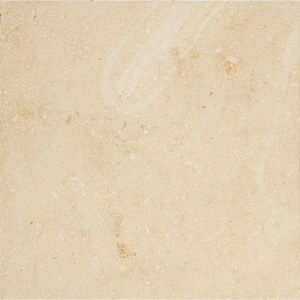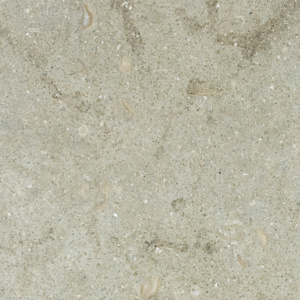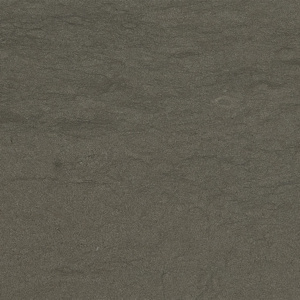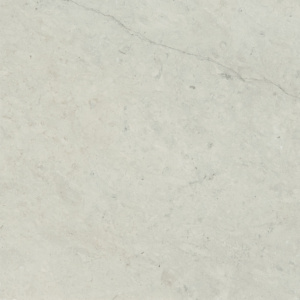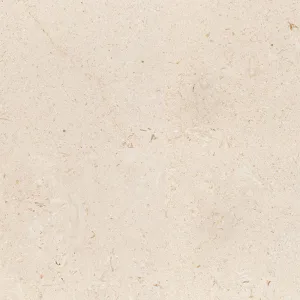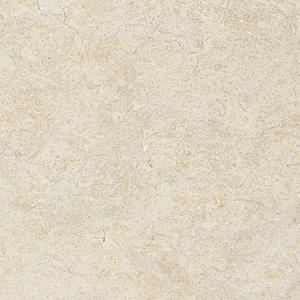What does Limestone Mean?
Limestone isn't just a geological wonder; it's a symbol of timelessness and versatility in the realm of architecture and design. Its very essence is deeply rooted in the earth's history, embodying millions of years of natural processes that transform basic elements into a material rich with aesthetic and functional qualities. The meaning of limestone extends beyond its physical properties, acting as a bridge between nature and human creativity. It represents the possibility of bringing a piece of the earth's legacy into our spaces, creating environments that are not only visually appealing but also inherently connected to the natural world. This connectivity to the earth enhances the significance of limestone, making it more than just a building material—it becomes a storyteller, carrying tales of ancient seas and lifeforms, and a connector, bringing the beauty of the natural world into our homes and buildings.
What are the Types of Limestone?
Limestone's versatility is also reflected in the variety of types available, each with its own unique characteristics and uses. The primary types include:
- Chalk: Soft, white limestone formed from the skeletal remains of marine organisms. It's often used in agriculture to adjust soil pH levels and in the production of cement.
- Coquina: Composed almost entirely of shell or coral fragments, giving it a rough texture. This type is less common in construction due to its porosity but is valued for decorative elements.
- Tufa: A porous limestone that forms around mineral springs. Its unique appearance makes it sought after for garden and landscape decorations.
Coquina: Composed almost entirely of shell or coral fragments, giving it a rough texture. This type is less common in construction due to its porosity but is valued for decorative elements.Tufa: A porous limestone that forms around mineral springs. Its unique appearance makes it sought after for garden and landscape decorations.Travertine: Formed by the precipitation of calcium carbonate from mineral springs, travertine has a fibrous or concentric appearance. It is widely used in building materials and decorative objects.Oolitic Limestone: Composed of small spherical grains called oolites. These grains are concentric layers of mineral that have been deposited around a core. Oolitic limestone is often used in the construction industry.Each type of limestone carries its own history and formation process, making them suitable for a range of applications from construction to decorative enhancements.
What are the Color Varieties of Limestone?
Limestone, with its rich palette of colors, offers a diverse selection for construction, interior design, and landscaping projects. The color of limestone depends largely on the minerals and organic matter present during its formation. Common colors include:
- White: Pure limestone is typically white, resulting from the prevalence of calcium carbonate. White limestone is prized for its bright, clean appearance in architecture and sculpture.
- Grey: Various shades of grey are most common, ranging from light to dark, and provide a neutral, versatile option for both exterior facades and interior decor.
- Beige: Beige limestone, with its warm tones, is often chosen for its ability to convey a sense of warmth and natural beauty in buildings and landscape designs.
- Brown: Ranging from light tan to rich chocolate, brown limestone adds earthy richness to any space. It's often used for floors, walls, and outdoor walkways.
- Black: Although less common, black limestone is sought after for dramatic and contemporary design elements. Its striking appearance creates bold contrasts in decoration and masonry.
- Blue: This rarer color of limestone, with hues from soft powder to deep navy, is highly valued for unique applications, offering a cool and sophisticated option that subtly stands out.
Each of these colors adds a unique character and mood to the environment, allowing architects and designers to craft spaces that reflect desired aesthetics and atmospheres.
Where is Limestone Used?
Limestone's remarkable properties make it a highly valued material across various industries. Its applications range from construction, where it’s used as a primary building material in both its raw and processed forms, to environmental, industrial, and artistic uses. In construction, limestone can be found in the walls and floors of buildings, as architectural details, and in the form of crushed stone for road base and railroad ballast. Additionally, in the manufacturing sector, it plays an essential role in the production of cement and as a raw material for glass and steel. Limestone also has a place in agriculture for soil pH management and as a feed additive for livestock. Furthermore, its natural beauty and durability make it a popular choice for sculptures and monuments, enduring through generations as a witness to human craftsmanship and natural splendor.
How is Limestone Formed?
Limestone is predominantly formed in clear, warm, shallow marine waters through two main processes: the accumulation of marine life debris and the precipitation of calcium carbonate from the water. The former involves organisms such as corals, algae, and mollusks, whose shells and skeletons, composed mainly of calcite (a form of calcium carbonate), accumulate on the ocean floor. Over millions of years, these biological deposits are compacted and cemented to form limestone. In the case of chemical precipitation, calcium carbonate is dissolved in the water and, as conditions change, it precipitates out, gradually forming layers that solidify into limestone. This process can create formations like stalactites and stalagmites in caves. Additionally, some limestone types, like oolitic limestone, form in warm, shallow marine waters, with calcium carbonate precipitating around sand grains or shell fragments to create small, spherical grains called ooids. Each of these processes contributes to the rich diversity and extensive distribution of limestone around the world, making it a fundamental component of the geological landscape and a critical resource for human use.
